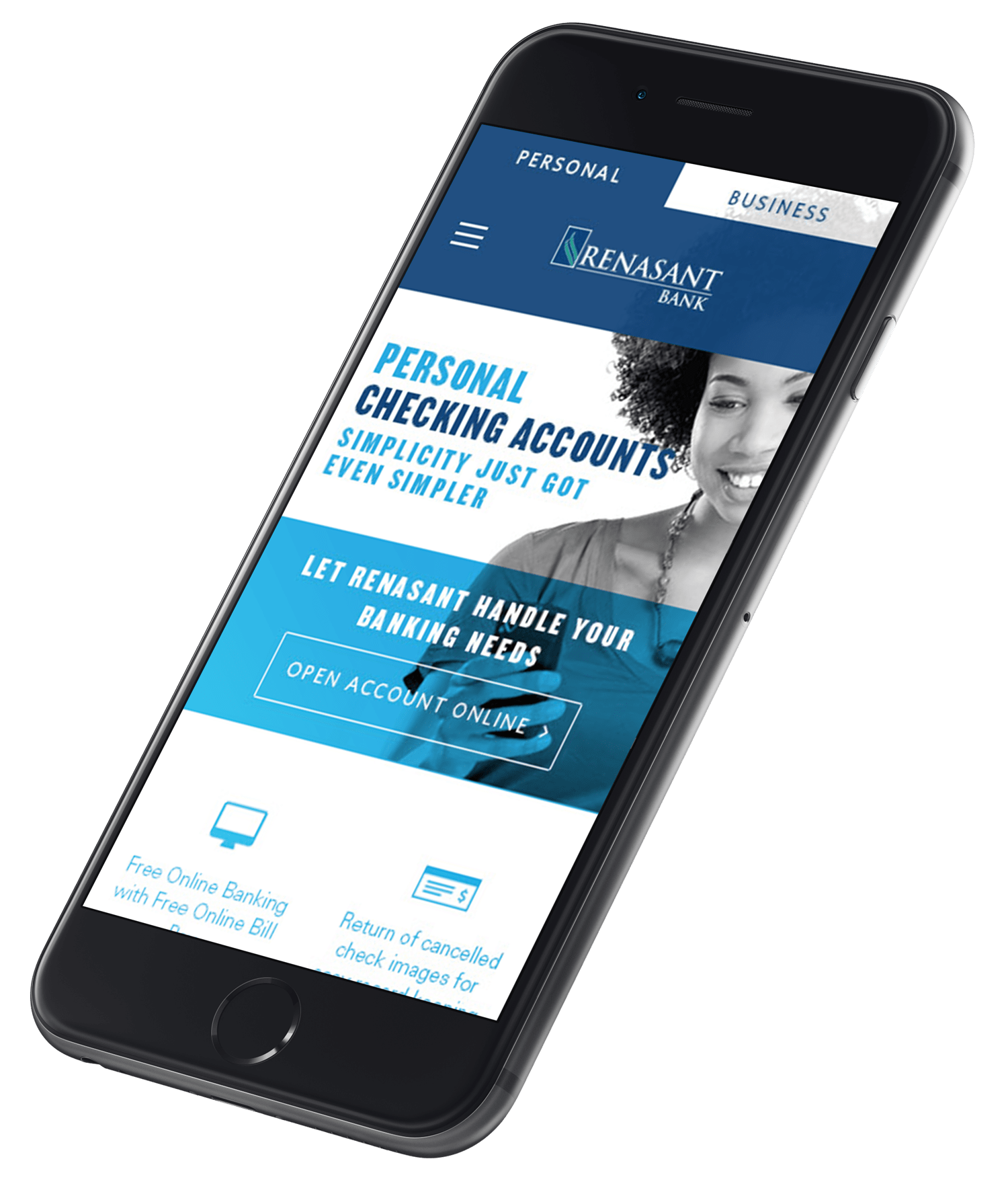We talk about a glass being “half full” or “half empty” as if a certain view defines us as optimists or pessimists.When I hear this argument, I hear a problem that has been festering in human consciousness — likely since the advent of this trope.
The truth is the glass can never be half full without being half empty. They’re both simply 50 percent of the volume of the glass.
Most people understand this academically, and I get that.
Likely, you’re reading this, saying to yourself, “Of course! But you’re missing the point. The point is we’re arguing over something that is the same.”
Perhaps, but I believe that after years of argument, we’ve convinced ourselves that half full and half empty are two different things.
More important, I think we now believe that our perspective and opinions on issues carry more weight than the absolute truth.
I’ve written before about perception and reality, and the fact remains — I can only get out of bed in a world where reality is reality.
In the case of the glass, we have an absolute truth (a glass containing 50 percent of its potential volume) separating us into two classes: optimists and pessimists. Our opinion or syntax can’t change that fact. No matter how optimistic I am, I can’t raise or lower the volume of water.
All we can do is raise the volume of our voices as we argue about our “unique” perspective.
In my industry, 50/50 glasses are filled every day, and it’s difficult to find the correct perspective. We meet daily to brainstorm the next big idea for our clients, and while the ideas change, the arguments stay the same.
“I think it’s too geometric.”
“It’s line art. Otherwise, it would be too busy.”
“The language is too harsh.”
“I said it that way to be different from the competitors — to be arresting.”
And it’s not just internal — the business owners we work with are just as guilty.
“We made the logo blue because it’s a calming color.”
“Well, the owner graduated from Harvard, so it needs to be red.”
Normally when absolute, opinion-based statements are made, we can find a converse argument. And all we really have at that point is an argument.
Can you guess who is left out of the picture while we argue for high ground?
The customer.
We argue over the amount of water, but never the quality nor the type of glass. We forget to ask what everyone else would like to see in the glass (which is our job as marketers).
Instead of arguing our irrelevant perspectives (perspectives contrary to those of the customer are generally of no consequence), we could have used our energy to fill the metaphorical glass to the brim.
Or we could have stopped to consider the customers and filled it just short of the brim so they don’t spill any on their shirts. Maybe we should have stopped to ask the customers if they even wanted water to begin with. Maybe they were in the mood for tea or something with higher calcium content, like milk.
Maybe all this useless metaphorical talk has made our customers want something closer to a healthy pour of bourbon.
It doesn’t matter what your marketing looks like if the customers don’t relate. The first question should not be about the design style. It should be about the customer base. Are your customers Midwestern baby boomers, or are they Southern hipsters? No one cares about your college colors, either. Just because you went to Harvard Medical School doesn’t mean your waiting room should be red. No medical waiting room should be red because it causes anxiety and stress in the people doing the waiting.
One of my best friends graduated from the University of Tennessee, but anytime someone suggests he incorporate their colors into marketing or brand materials, he scoffs. That particular orange is reserved for school spirit ties and football jerseys.
Without customer engagement, marketing is nothing more than a corporate art project — no matter the perspective.
We can fight about perspective all we want, but unless we’re fighting for the customer’s perspective, our efforts are useless, and without correct action, they’re fruitless.
Whether you see the glass half full or half empty, there is a good chance the facts will put your perspective in a different light. And remember, none of that matters if the customer has a different perspective.




